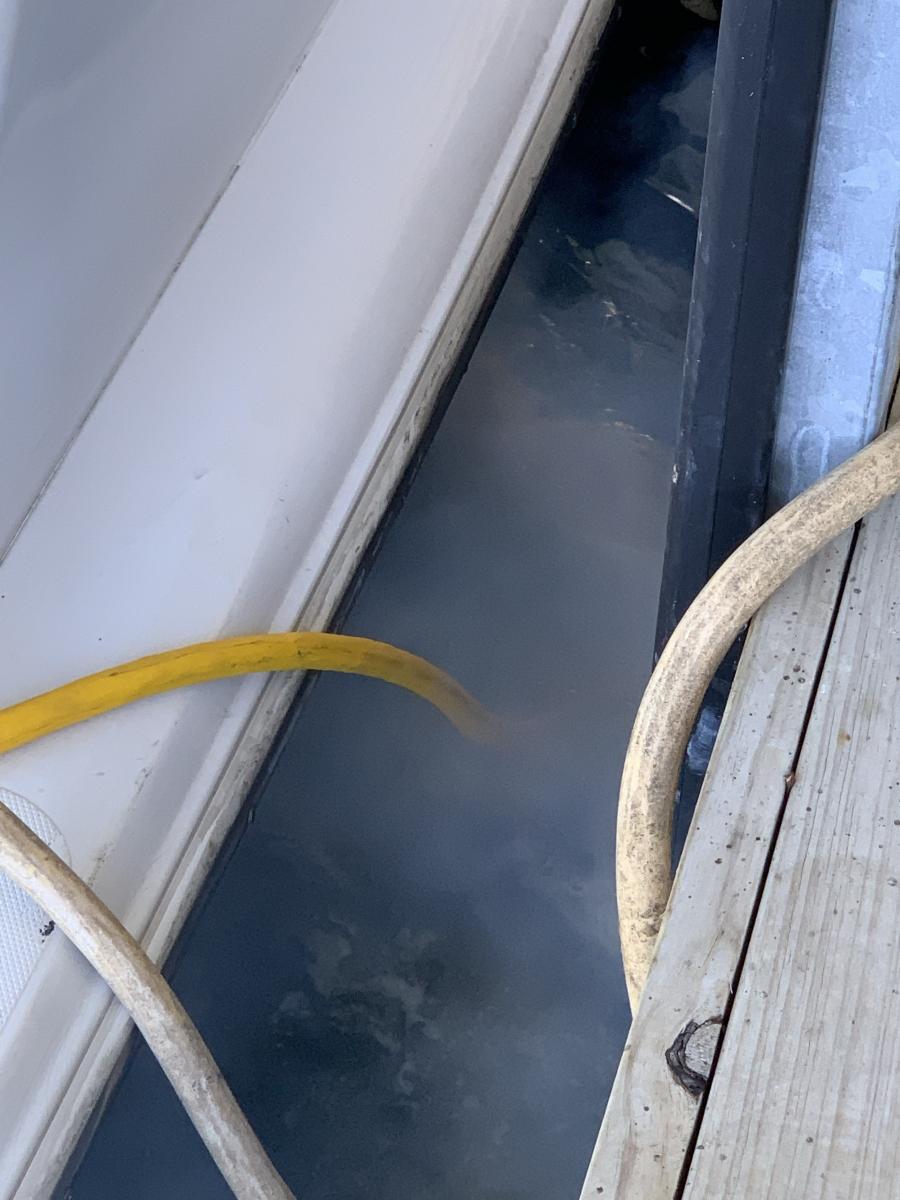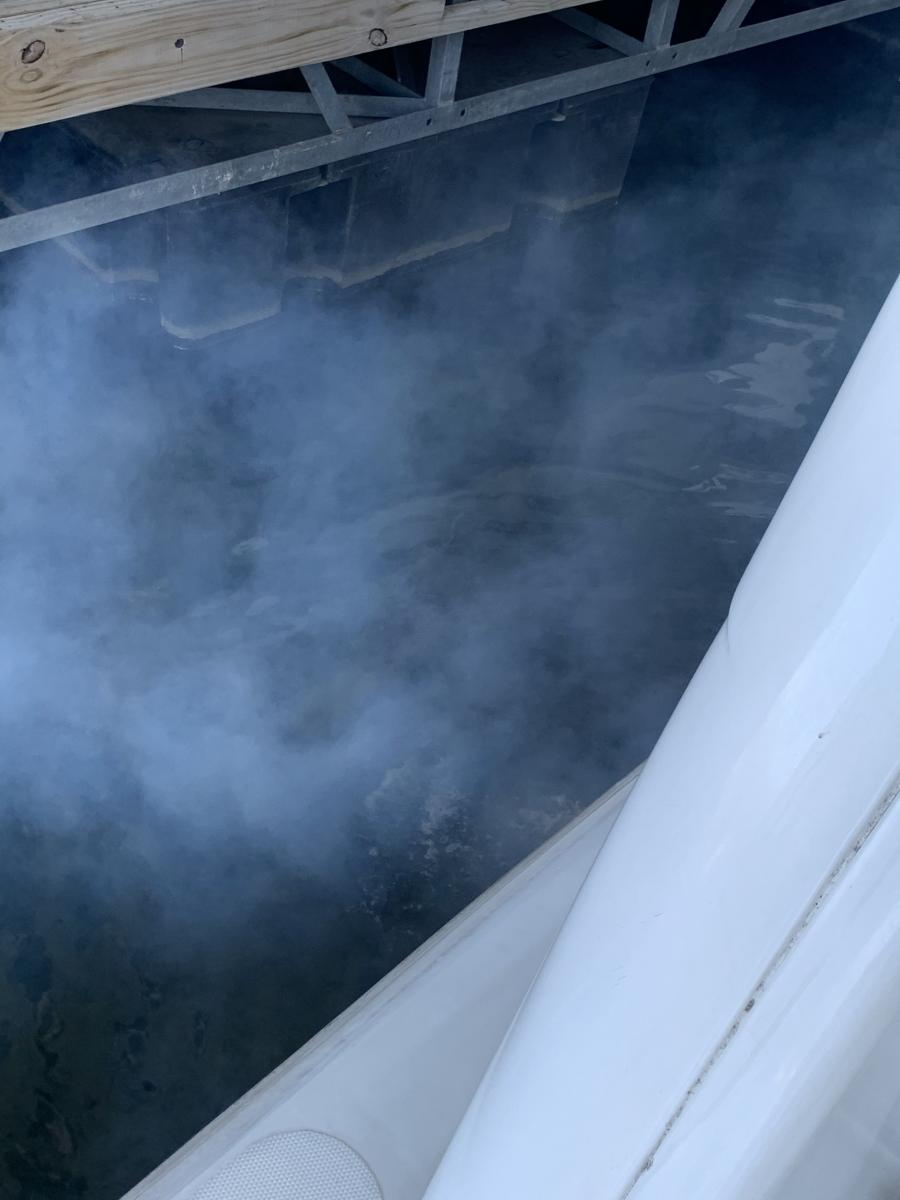- Joined
- Feb 14, 2018
- Messages
- 713
- Location
- United States
- Vessel Name
- Wanderlust
- Vessel Make
- 1999 Jefferson Rivanna 52'
Went to Nashville, TN this weekend with a friend to view a boat he is interested in. The boat is, overall, quite clean and move-in ready. We started the Cummins 6CTA engines and they produced a lot of white smoke with a very minimal, light sheen of unburned fuel on the water. The engines have about 2300 hours on them and appear to be well-maintained. They have been freshwater engines most of the 19 year life. Water temp was probably in the 40s and the air temp had been in the 40s but was at 60 when we started them. They started easily and ran very smoothly through 1800+ rpm. We ran them about 20 minutes and saw the temp gauges level out on Port at about 170 and Starboard about 160 (still rising). Toward the end, the smoke tapered off but was still a bit present. This is my first time looking at a boat outside of Florida.
I'm thinking cold water, cold/cool air temps, cold engines... fairly normal. During the survey, he will have the mechanic check the compression. Assuming it's okay (neither engine ran unevenly), is there some air heater function on the Cummins that might not have been working well? Clean the air separators and bring it back to Florida where the air and water are warmer. What do you folks think?
Also, there was a small air separator-looking thing on top of the hose coming from the main air separator. I haven't seen that before. Forgot to get a photo of it. What's that for?


I'm thinking cold water, cold/cool air temps, cold engines... fairly normal. During the survey, he will have the mechanic check the compression. Assuming it's okay (neither engine ran unevenly), is there some air heater function on the Cummins that might not have been working well? Clean the air separators and bring it back to Florida where the air and water are warmer. What do you folks think?
Also, there was a small air separator-looking thing on top of the hose coming from the main air separator. I haven't seen that before. Forgot to get a photo of it. What's that for?


